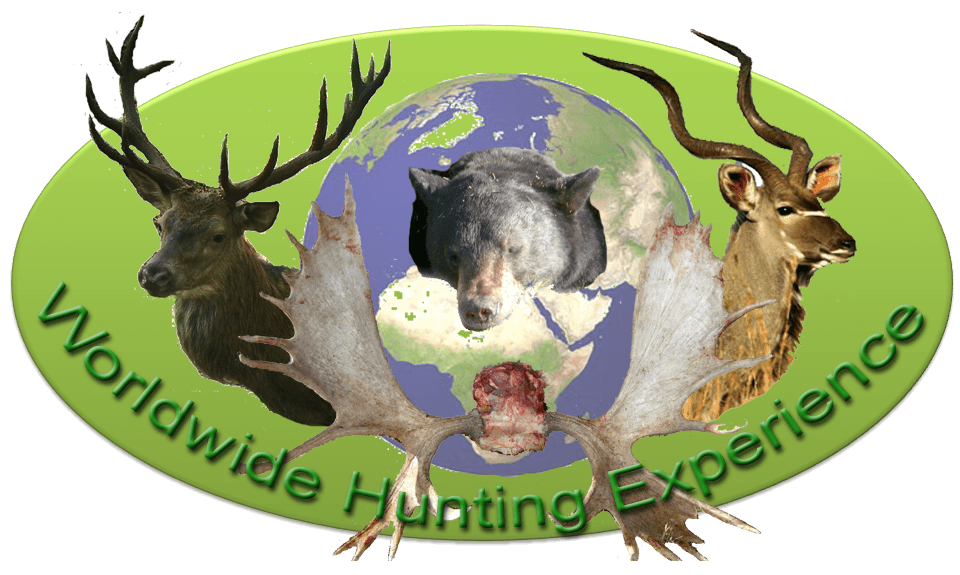Appearance
Body length: females: 1.3 – 1.4 m, males: 1.4 – 1.8 m
Weight: females: 45 – 120 kg, males: 55 – 350 kg
Life expectancy: 10 – 20 years
Distribution: Europe, Asia, Sumatra, Java, North Africa
Habitat: forest, dry steppe, rainforest
Species: not endangered
Reproduction and development
The mating season of wild boars lasts from November to January. During this time, there are also the hierarchy battles of the boars. Before the birth, the mother – her name is “Bache” – sets herself apart from the group and looks for a safe, dry place where she builds a nest. Between 110 and 120 days after mating, four to eight young are born, whose light to dark brown coat is initially light yellow in color on the body. They are called pranks. The stripes on the coat dissolve when they are around six months old. Only about ten percent of boys experience their fourth year of life, as they are initially very sensitive to cold. Later, they are threatened mainly by predators such as bears, foxes and big cats. At five to seven years, the animals are then fully grown; however, sexual maturity occurs much sooner at about nine months in the females and two years in the males. Anyone who discovers white-gray tree barks in the forest has already found the first indication of a wild boar: After the animals have lazed in the mud, they scrub at large trees with coarse bark. Often, the bark on these “Malbäumen” already partially removed. These care rituals serve to rid the coat of parasites.
Sensory abilities
The hearing and the sense of smell of the massive animals are very good. With their sensitive nose, they can even sniff out edible underground, which they then dig up. It also seems to be well-ordered for the sense of taste of the wild boar, as the animals in the hunting language are called: it is reported that they are looking for very special potato varieties, for example: they seem to like new potatoes here ,
Feeding
Wild boars are omnivores. Herbal foods from herbs, acorns and beechnuts, roots, mushrooms, grasses and fruits are predominant, but the robust cohorts also eat snails, worms and other small animals. Their canines mainly use the animals to dig for food in the ground. The teeth are so strong that wild boars in the tropics can even crack coconuts! If they do not find enough food in their natural habitat, the forest, they may well venture out into the open fields and dig in the fields, eat the crops and cause great damage.
Turkey
Bulgaria
Poland
Spain
Australia
South Africa
Hunting style, equipment and countries
Wild boars are common throughout Europe except the high north, as well as in Asia, the Americas, Australia and South Africa. The hunt for wild boars is carried out both by the hunt, the stalki

